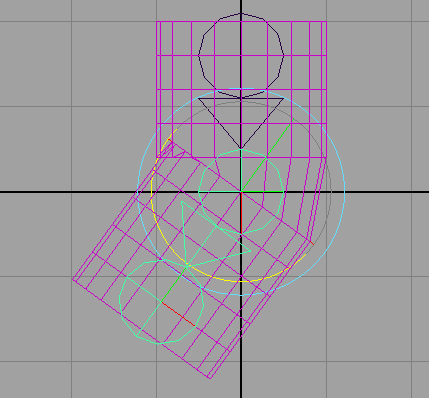When you apply rigid skinning to a geometry object, a series of joint cluster deformers are created within the Dependency Graph. If you look at the diagram above, the original surface shape is passed through a series of joint clusters, the output of each one feeding into the input of the next.
In effect what is happening here is that the joint clusters are summing up the effect of all joints upon the original surface shape. The final surface shape is then accessible as pSphereShape1.

